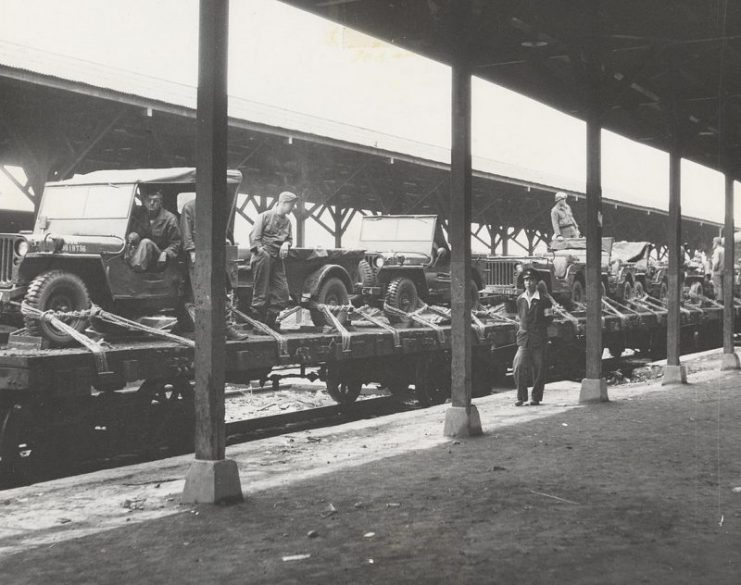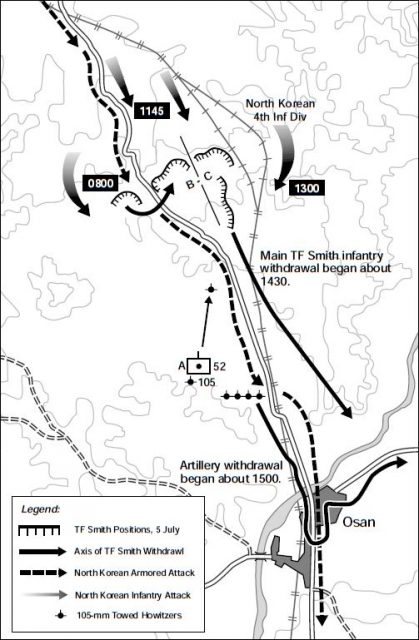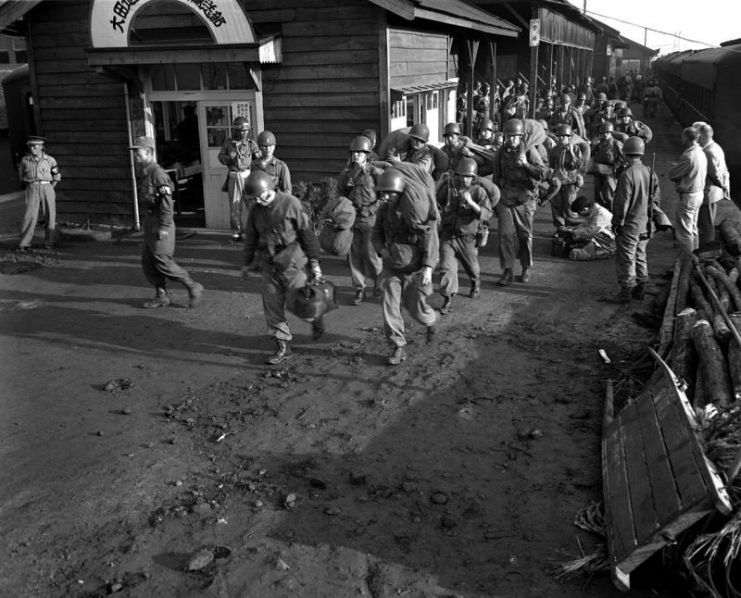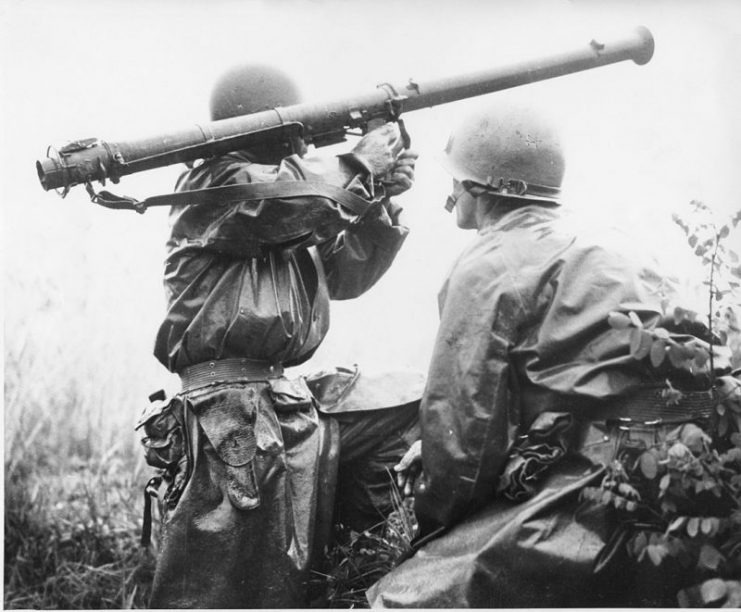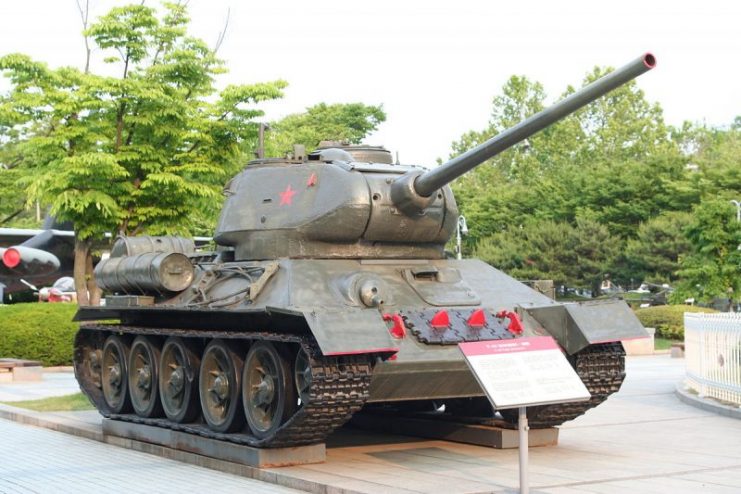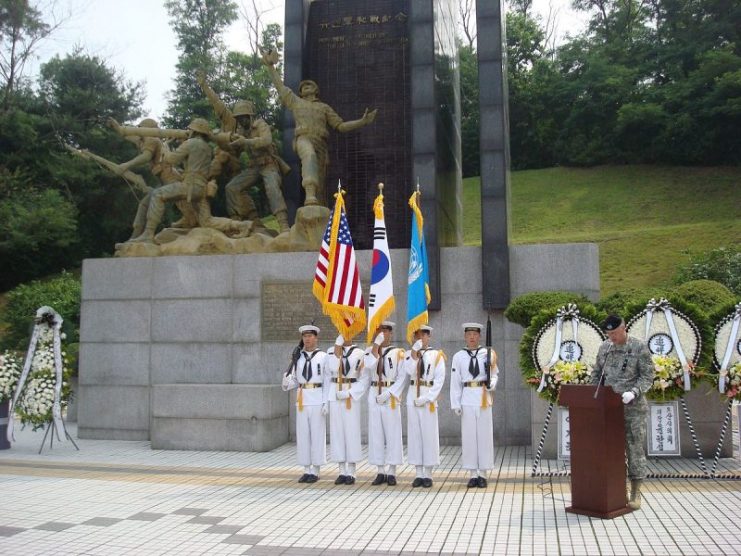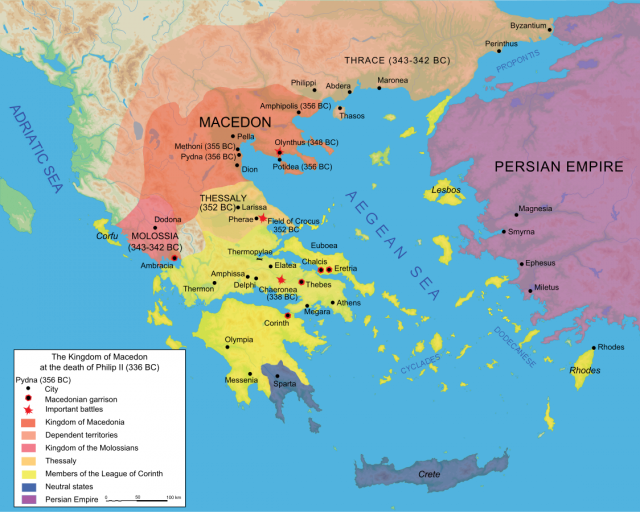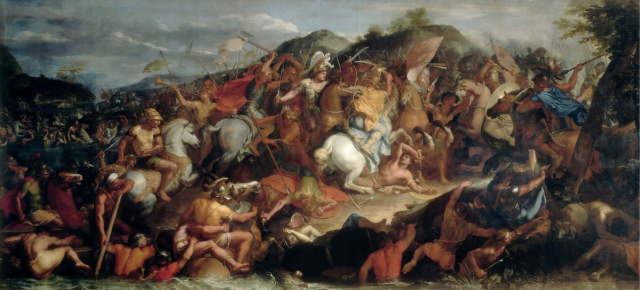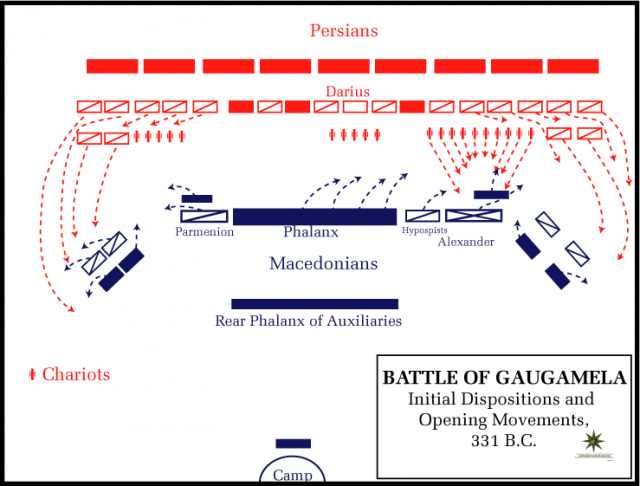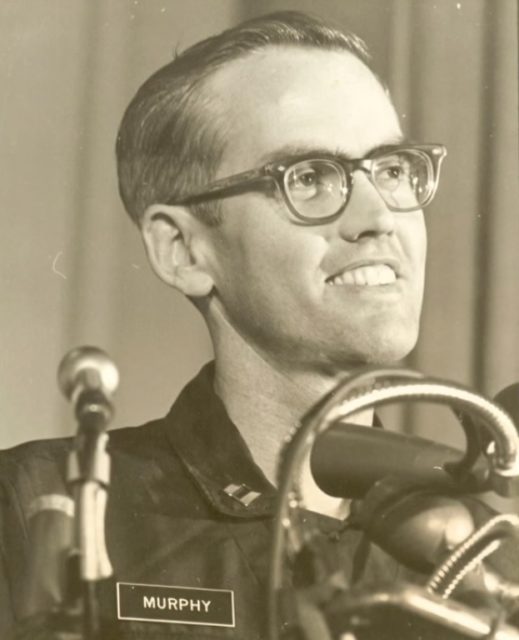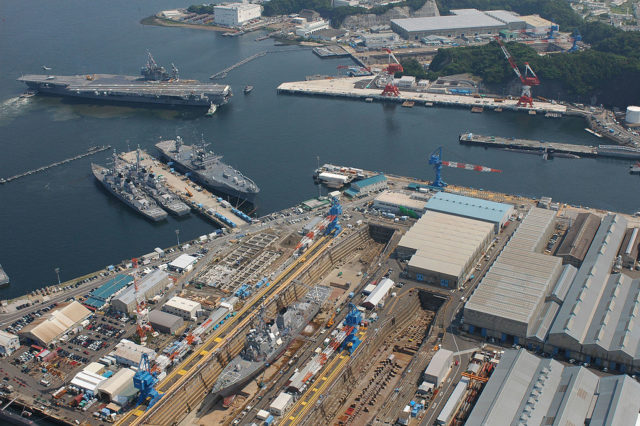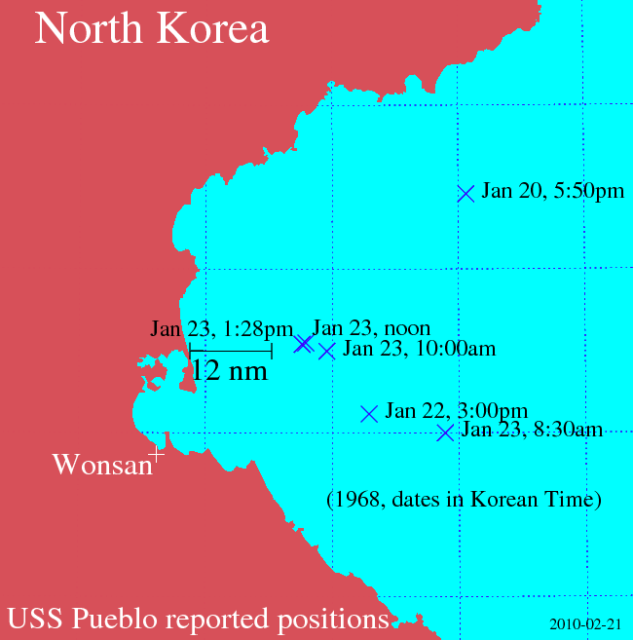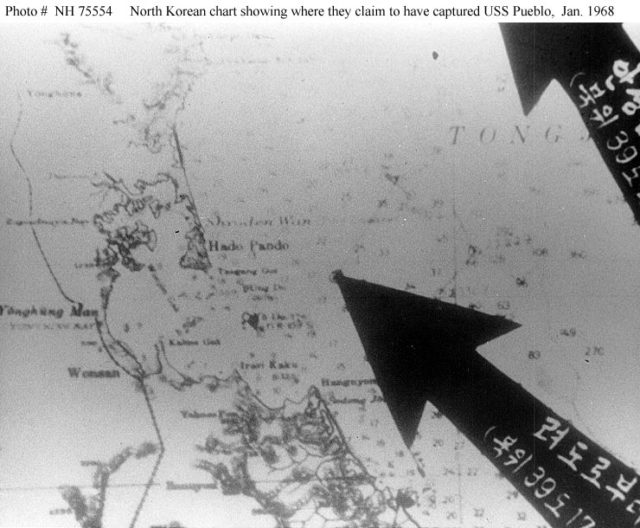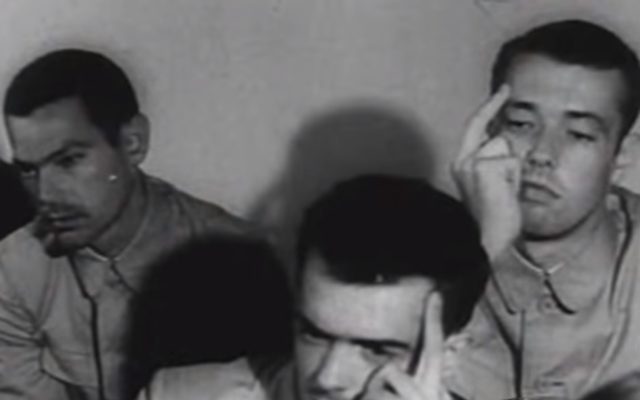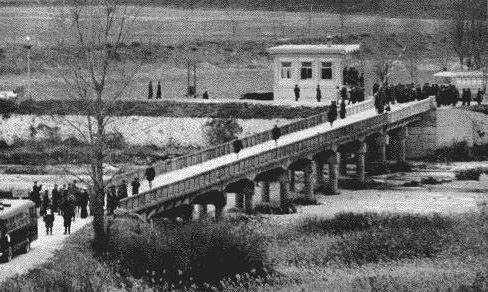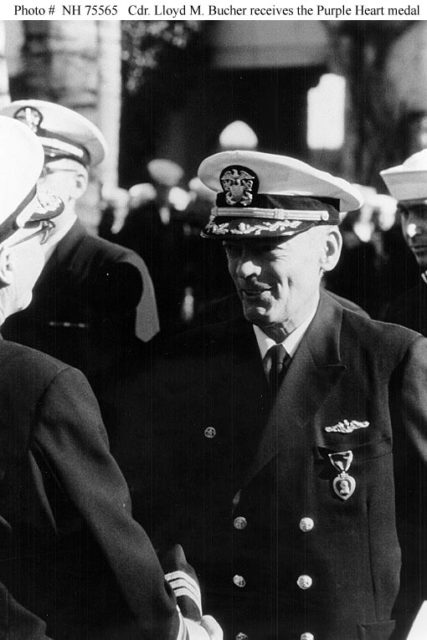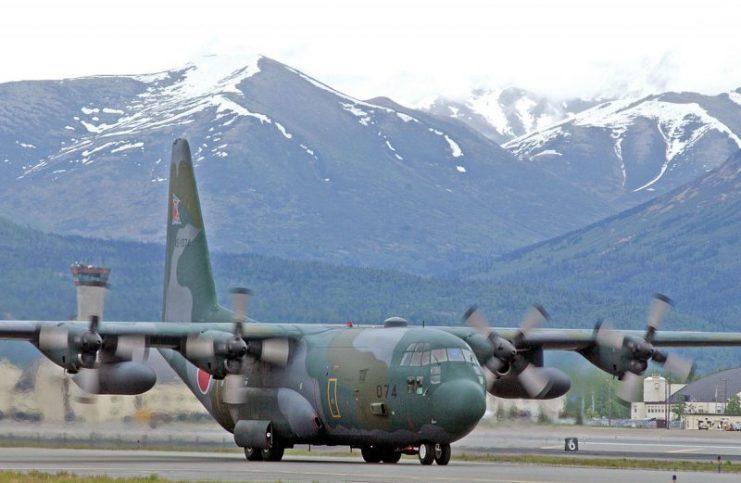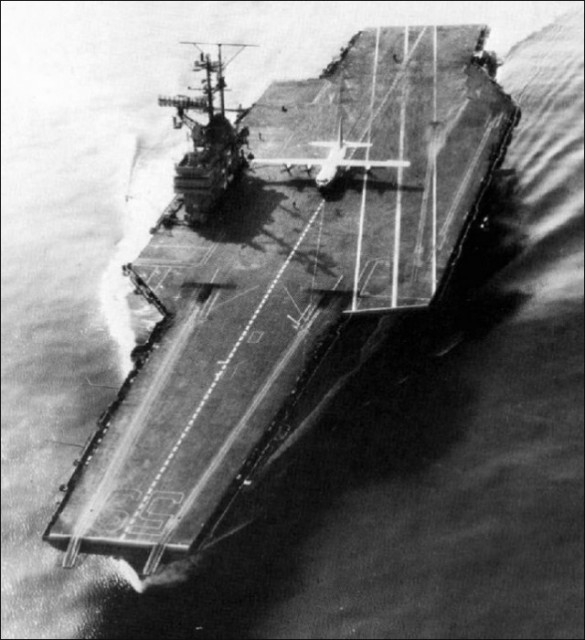Happy Fathers Day to all my fellow readers and bloggers. I saw this last week from "Art of Manliness". I thought the quotes were very good. This is on my scheduler thingie
By Brett & Kate McKay on Jun 11, 2018 12:51 pm

Fathers tend to be taken for granted.
We invariably make more of a fuss over Mom on Mother’s Day than Dad on Father’s Day, for one.
Dads are like a steady but less sentimentalized institution — the sun
in our familial sky that warms and gives life but isn’t much thought
about unless he goes missing.
Yet this belies
the enormous impact fathers truly have on their children; while a dad’s nurturing may often take the form of
playful roughhousing
and silly jokes, his influence is quite serious and significant: the
presence of a loving father greatly increases a child’s chances of
success, confidence and resilience, physical and mental well-being, and
yes, quite naturally, their sense of humor.
One of the manifestations of the way we take fathers for granted is
that there exist many more quotes about Mom than dear old Dad (and even
fewer about fathers and daughters). To make more accessible those great
pearls of wisdom that do exist, we searched high and low for the very
best, and created this ultimate treasury of quotes about fatherhood.
These short quotations provide great prompts for reflection; typically,
we’re so busy plowing ahead that we don’t pause to look up and get a
“birds-eye” perspective on things — taking the time to ponder what our
own dads meant to us, and the way we’re shaping, and should be savoring,
our kids right now.
Quotes About Fatherhood

“You don’t raise heroes, you raise sons. And if you treat them like
sons, they’ll turn out to be heroes, even if it’s just in your own
eyes.” –Walter M. Schirra, Sr.
“Some dads liken the impending birth of a child to the beginning of a great journey.” –Marcus Jacob Goldman
“One father is more than a hundred schoolmasters.” –George Herbert
“Sherman made the terrible discovery that men make about their
fathers sooner or later . . . that the man before him was not an aging
father but a boy, a boy much like himself, a boy who grew up and had a
child of his own and, as best he could, out of a sense of duty and,
perhaps love, adopted a role called Being a Father so that his child
would have something mythical and infinitely important: a Protector, who
would keep a lid on all the chaotic and catastrophic possibilities of
life.” –Tom Wolfe,
The Bonfire of the Vanities
“The best way of training the young is to train yourself at the same
time; not to admonish them, but to be seen never doing that of which you
would admonish them.” –Plato

“The nature of impending fatherhood is that you are doing something
that you’re unqualified to do, and then you become qualified while doing
it.” –John Green
“One of the greatest things a father can do for his children is to love their mother.” –Howard W. Hunter
“To a father growing old nothing is dearer than a daughter.” –Euripides
“If there is any immortality to be had among us human beings, it is
certainly only in the love that we leave behind. Fathers like mine don’t
ever die.” –Leo Buscaglia
“That is the thankless position of the father in the family—the provider for all, and the enemy of all.” –J. August Strindberg

“Every father should remember one day his son will follow his example, not his advice.” –Charles Kettering
“Son, there are times a man has to do things he doesn’t like to, in order to protect his family.” –Ralph Moody
“A boy needs a father to show him how to be in the world. He needs
to be given swagger, taught how to read a map so that he can recognize
the roads that lead to life and the paths that lead to death, how to
know what love requires, and where to find steel in the heart when life
makes demands on us that are greater than we think we can endure.” –Ian
Morgan Cron
“Parenthood remains the single greatest preserve of the amateur.” –Alvin Toffler

“My father didn’t tell me how to live. He lived and let me watch him do it.” –Clarence Budington Kelland
“When you’re a dad, there’s no one above you. If I don’t do something
that has to be done, who is going to do it?” –Jonathan Safran Foer,
Here I Am
“‘Why do men like me want sons?’ he wondered. ‘It must be because
they hope in their poor beaten souls that these new men, who are their
blood, will do the things they were not strong enough nor wise enough
nor brave enough to do. It is rather like another chance at life; like a
new bag of coins at a table of luck after your fortune is gone.’” –John
Steinbeck,
Cup of Gold: A Life of Sir Henry Morgan, Buccaneer, with Occasional Reference to History
“If the past cannot teach the present, and the father cannot teach
the son, then history need not have bothered to go on, and the world has
wasted a great deal of time.” –Russell Hoban

“There are many kinds of success in life worth having. It is
exceedingly interesting and attractive to be a successful business man,
or railway man, or farmer, or a successful lawyer or doctor; or a
writer, or a President, or a ranchman, or the colonel of a fighting
regiment, or to kill grizzly bears and lions. But for unflagging
interest and enjoyment, a household of children, if things go reasonably
well, certainly makes all other forms of success and achievement lose
their importance by comparison.” –Theodore Roosevelt
“Father!—To God Himself we cannot give a holier name.” –William Wordsworth
“We think our Fathers Fools, so wise we grow; Our wiser Sons, no doubt, will think us so.” –Alexander Pope
“His values embraced family, reveled in the social mingling of the
kitchen, and above all, welcomed the loving disorder of children.” –John
Cole
“Children are a poor man’s riches.” –English proverb

“It is easier to build strong children than to repair broken men.” –Frederick Douglass
“A girl’s father is the first man in her life, and probably the most influential.” –David Jeremiah
“Fathers, like mothers, are not born. Men grow into fathers and
fathering is a very important stage in their development.” –David
Gottesman
“Father of fathers, make me one,
A fit example for a son.”
–Douglas Malloch

“I believe that what we become depends on what our fathers teach us
at odd moments, when they aren’t trying to teach us. We are formed by
little scraps of wisdom.” –Umberto Eco
“My father used to play with my brother and me in the yard. Mother
would come out and say, ‘You’re tearing up the grass.’ ‘We’re not
raising grass,’ Dad would reply. ‘We’re raising boys.’” –Harmon
Killebrew
“Until you have a son of your own . . . you will never know the joy
beyond joy, the love beyond feeling that resonates in the heart of a
father as he looks upon his son. You will never know the sense of honor
that makes a man want to be more than he is and to pass something good
and hopeful into the hands of his son. And you will never know the
heartbreak of the fathers who are haunted by the personal demons that
keep them from being the men they want their sons to be.” –Kent Nerburn
“When my son looks up at me and breaks into his wonderful toothless
smile, my eyes fill up and I know that having him is the best thing I
will ever do.” –Dan Greenberg

“Being a great father is like shaving. No matter how good you shaved today, you have to do it again tomorrow.” –Reed Markham
“It is easier for a father to have children than for children to have a real father.” –Pope John XXIII
“When I looked at you first I saw not your mother and me, but your
two grandfathers . . . and, as my father, whom I loved a great deal, had
died the year before, I was moved to see that here, in you, he was
alive.” –Peter Carey
“Dads are most ordinary men turned by love into heroes, adventurers, story-tellers, and singers of song.” –Pam Brown

“‘Father’ is the noblest title a man can be given. It is more than a
biological role. It signifies a patriarch, a leader, an exemplar, a
confidant, a teacher, a hero, a friend.” –Robert L. Backman
“Noble fathers have noble children.” –Euripides
“The father who does not teach his son his duties is equally guilty with the son who neglects them.” –Confucius
“No man can possibly know what life means, what the world means, what
anything means, until he has a child and loves it.” –Lafcadio Hearn

“I cannot think of any need in children as strong as the need for a father’s protection.” –Sigmund Freud
“A father is a man who expects his son to be as good a man as he meant to be.” –Frank A. Clark
“His father watched him across the gulf of years and pathos which always divide a father from his son.” –John Marquand
“A family needs a father to anchor it.” –L. Tom Perry
“Words have an awesome impact. The impression made by a father’s
voice can set in motion an entire trend of life.” –Gordon MacDonald

“Children need models rather than critics.” –Joseph Joubert
“A father is someone you look up to no matter how tall you grow.” –Unknown
“Certain is it that there is no kind of affection so purely angelic
as of a father to a daughter. In love to our wives there is desire; to
our sons, ambition; but to our daughters there is something which there
are no words to express.” –Joseph Addison
“Mostly you just have to keep plugging and keep loving—and hoping
that your child forgives you according to how you loved him, judged him,
forgave him, and stood watching over him as he slept, year after year.”
–Ben Stein

“Life doesn’t come with an instruction book — that’s why we have fathers.” H. Jackson Browne
“Fathers, you are your daughter’s hero. My father was my hero. I used
to wait on the steps of our home for him to arrive each night. He would
pick me up and twirl me around and let me put my feet on top of his big
shoes, and then he would dance me into the house. I loved the challenge
of trying to follow his every footstep. I still do.” –Elaine S. Dalton
“A good father is one of the most unsung, unpraised, unnoticed, and
yet one of the most valuable assets in our society.” –Billy Graham
“When you teach your son, you teach your son’s son.” –The Talmud
“My father always said there are four things a child needs: plenty of
love, nourishing food, regular sleep, and lots of soap and water. After
that, what he needs most is some intelligent neglect.” –Ivy Baker
Priest

“Like so much between fathers and sons, playing catch was tender and tense at the same time.” –Donald Hall
“By profession I am a soldier and take great pride in that fact, but I
am also prouder, infinitely prouder, to be a father. A soldier destroys
in order to build; the father only builds, never destroys.” –General
Douglas MacArthur
“The lone father is not a strong father. Fathering is a difficult and
perilous journey and is done well with the help of other men.” –John L.
Hart
“Children of the new millennium when change is likely to continue and
stress will be inevitable, are going to need, more than ever, the
mentoring of an available father.” –Ian Grant
“The quality of a father can be seen in the goals, dreams, and
aspirations he sets not only for himself, but for his family.” –Reed
Markham

“Fathering is not something perfect men do, but something that perfects the man.” –Frank Pittman
“Never fret for an only son. The idea of failure will never occur to him.” –George Bernard Shaw
“My son is seven years old. I am fifty-four. It has taken me a great
many years to reach that age. I am more respected in the community, I am
stronger, I am more intelligent and I think I am better than he is. I
don’t want to be his pal, I want to be a father.” –Clifton Fadiman
“Some day you will know that a father is much happier in his
children’s happiness than in his own. I cannot explain it to you: it is a
feeling in your body that spreads gladness through you.” –Honore de
Balzac
, Pere Goriot

“A child enters your home and for the next twenty years makes so much
noise you can hardly stand it. The child departs, leaving the house so
silent you think you are going mad.” –John Andrew Holmes
“Every parent is at some point the father of the unreturned prodigal,
with nothing to do but keep his house open to hope.” –John Ciardi
The post
The Ultimate Collection of Quotes About Fatherhood appeared first on
The Art of Manliness.





